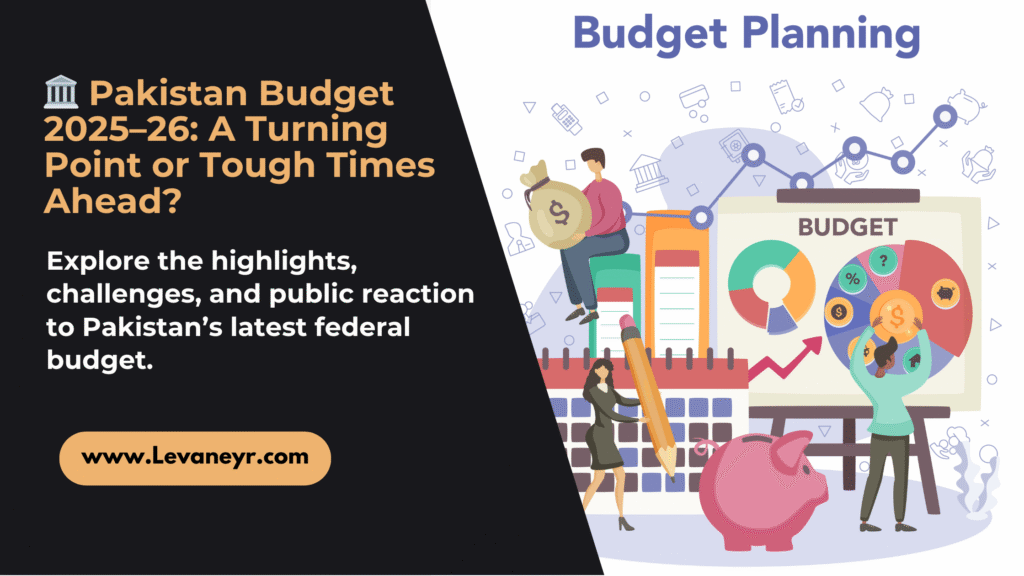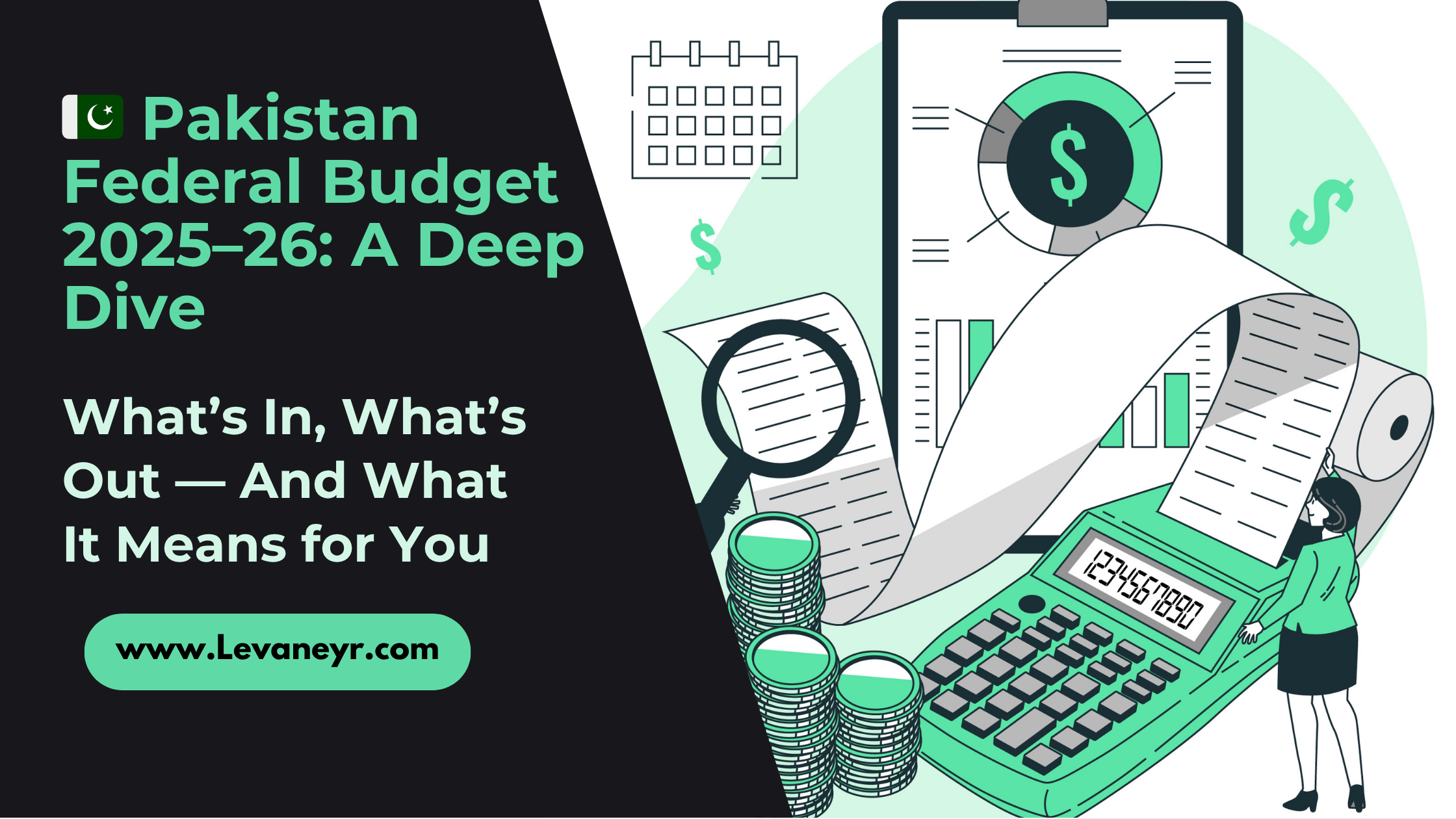
1. Overview & Key Figures
- Total outlay: PKR 17.57 trillion (~USD 62.3 billion), down 7% from last year.
- GDP growth target: 4.2% for FY 2026, up from 2.7% in FY 2025.
- Fiscal deficit: projected to shrink from 5.9% to 3.9% of GDP.
- Revenue uplift: Growth of more than 14% is anticipated through base expansion and new levies.
2. Defence Takes Priority
- Defence outlay jumps ~20% to PKR 2.55 trillion (USD 9 billion), ~14.5% of the budget or ~2.5% of GDP .
- This increase comes after a 17–20% increase in defense spending and is a response to the current border dispute with India.
3. Revenue & Tax Reform
- New tax sources: Introducing tax on agriculture, real estate, and retail to broaden the base.
- Customs duty concessions: To support the industry’s export drive, thousands of raw and intermediate commodities are now duty-free.
- FBR target: Ambitious growth by 14–38% in revenue collections.
4. Cuts & Reforms in Spending
- Overall spending down ~7%, aided by subsidy removal and lower interest payments due to rate cuts from 22% to 11%.
- Reduced interest rates free up money for military and other needs.
5. Sector-Wise Breakdown
- Social sectors: Education and health still account for less than 1% of GDP, indicating ongoing underfunding.
- Public development: PSDP funding doubled to support infrastructure, energy, IT (such as a Karachi IT park), climate resilience and social safety nets (notably BISP).
6. IMF & Economic Stability
- IMF programme: Budget aligns with a $7 billion IMF deal, aiming to reduce deficit to ~4% and improve fiscal health.
- Investor outlook: Analysts caution that given past underperformance, especially in industry and agriculture, growth projections are too optimistic.
7. Reactions & Criticism
- Opposition outrage: MPs protested—whistles, desk-banging—during the budget announcement over defence-heavy allocations.
- Analyst skepticism: There are concerns about whether tax objectives will be met and if investment, not consumption, will drive growth.
- Public debate: Critics argue that defence spending undermines investments in essential areas amid inflation (~38%) and economic pressure.
8. What It Means for Pakistan
- Security focus: Prioritizing national defence post-conflict at the cost of welfare and human development.
- Fiscal consolidation: Measures to narrow the deficit may stabilize the economy but risk social and political strain.
- Growth path: If properly executed, the move toward export-orientedness and structural improvements is encouraging.
✅ Final Take
This budget signals a pivot toward security-driven spending and fiscal discipline, aligned with IMF requirements. Although it establishes the foundation for industrial and export expansion, its effectiveness depends on practical application, particularly when it comes to boosting tax compliance and funding underfunded social areas like health and education.

